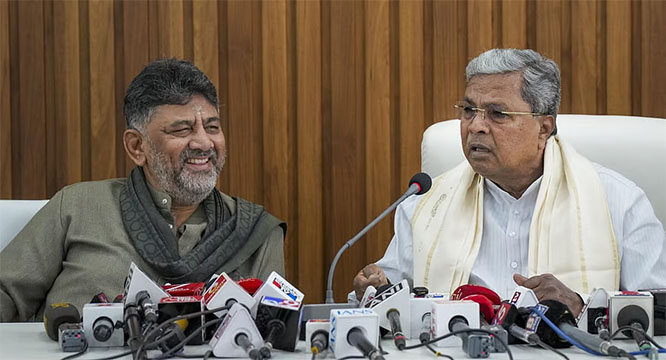New Delhi, Sept 18: An indebted nation on Monday paid homage to Marshal of the Indian Air Force, Arjan Singh, who was laid to rest with full state honours at Delhi's Brar Square.
Arjan Singh had passed away at the Army's Research and Referral Hospital on Saturday. As a mark of respect to the departed son of the 'Mother India', the national flag will fly at half-mast in all government buildings in Delhi.
Arjan Singh, the hero of the 1965 India-Pakistan war and the only Air Force officer to be promoted to five-star rank, died at the age of 98.
Earlier, hundreds of people, including Defence Minister Nirmala Sitharaman and the three Service Chiefs, bid an emotional adieu to Arjan Singh at a state funeral at the Brar Square here.
Arjan Singh had led the air operations in the 1965 war with Pakistan. He was admitted to the Intensive Care Unit of Army's Research and Referral Hospital after suffering a cardiac arrest.
The Army gave a 17-gun salute to the Marshal. The IAF officers sounded the bugle before the cremation at the Delhi Cantonment area.
Besides Sitharaman, IAF Chief BS Dhanoa, Chief of Naval staff Sunil Lanba, Army Chief Bipin Rawat, former Prime Minister Manmohan Singh, senior BJP leader LK Advani, and several former Service Chiefs, relatives, and friends were also present.
The IAF's Sukhoi-30 fighters in the "missing man" formation along with the Mi-17V5 choppers in "insignia" formation made the flypast paying their last respects to the national hero.
Arvind Singh, son of Arjan Singh lit the pyre after Sikh priests performed religious rituals.
Earlier, the mortal remains of the Marshal was taken out in a gun carriage from his 7, Kautilya Marg residence.
The body was wrapped in the national flag. The carriage was decorated with marigold flowers. Singh's last journey of 8 km to Brar Square here was accompanied with an Air Force band.
Arjan Singh was the first five star officer of the IAF and was for a long time the only living five star officer.






Comments
Add new comment